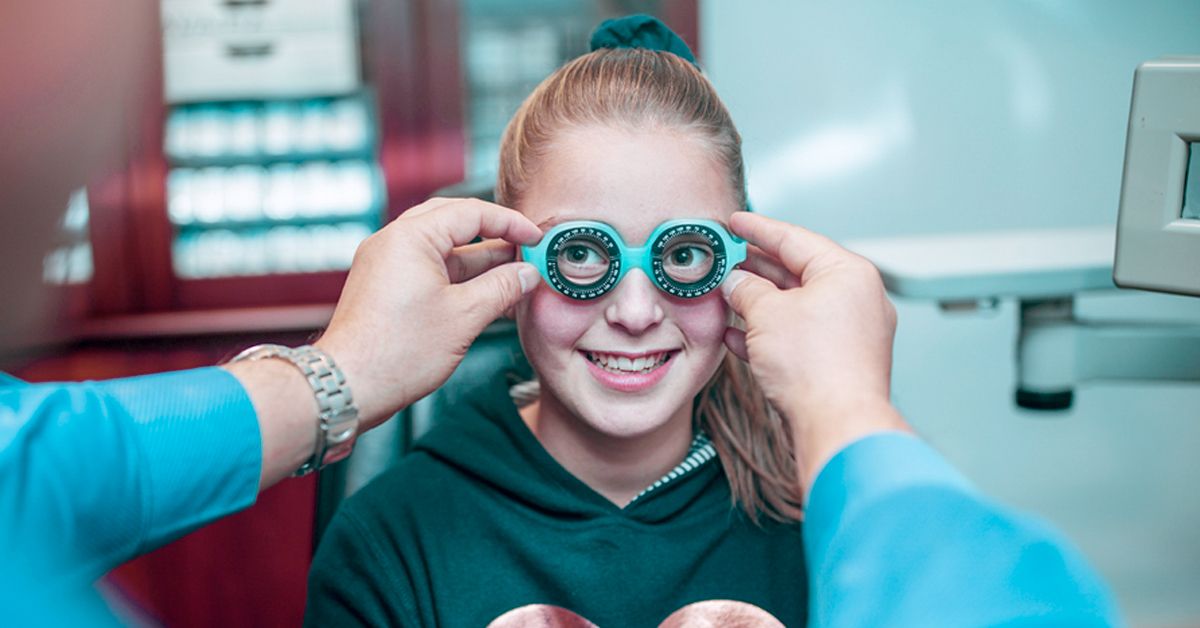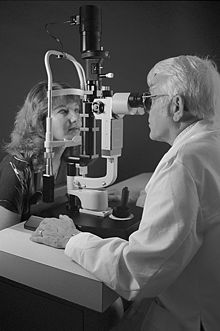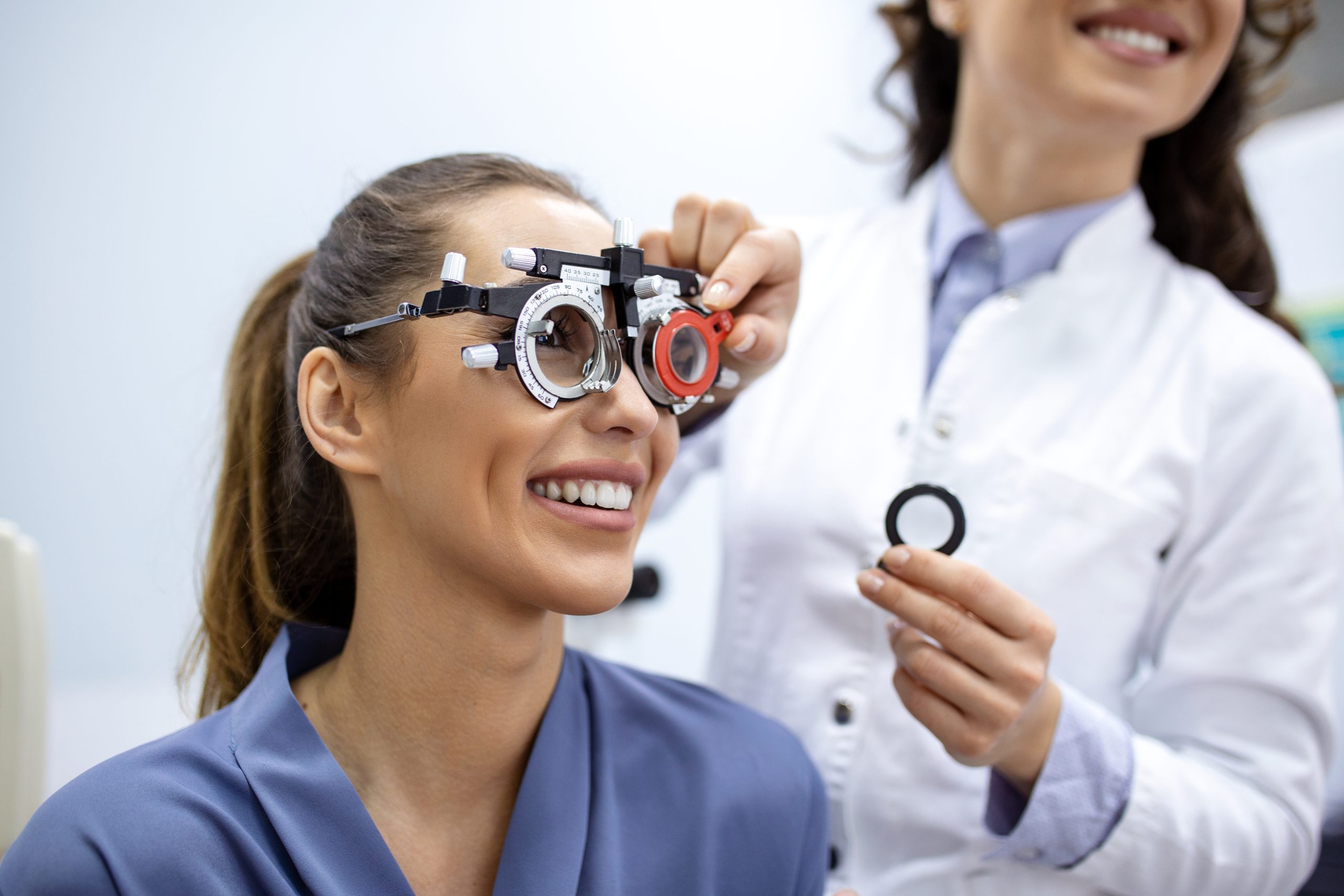Top Factors to Go To an Optometrist Chino for Your Eye Health
Top Factors to Go To an Optometrist Chino for Your Eye Health
Blog Article
Discovering the most recent Technical Advancements in Optometry and What They Mean for Eye Doctors
In the ever-evolving field of optometry, current technological developments are improving exactly how specialists come close to eye treatment. From the accuracy of Optical Comprehensibility Tomography to the nuanced insights offered by AI-driven analysis tools, these innovations are setting new standards in client analysis and therapy. Teleoptometry is positioned to redefine ease of access, making sure that knowledge transcends geographical limitations. As these developments penetrate the technique, eye doctors are encountered with the obstacle of embracing these tools to enhance patient end results. The concern remains: just how will these technological shifts redefine the duties and responsibilities within the career?
Technologies in Diagnostic Devices
Progressing the area of optometry, technologies in analysis tools have transformed the means eye care experts analyze and detect aesthetic disabilities and eye problems. The previous decade has actually observed substantial technical advancements, enabling even more accurate and comprehensive analyses.
One more key development is the introduction of innovative corneal topography systems, which map the surface area curvature of the cornea with accuracy. These devices are especially beneficial for suitable call lenses and identifying corneal disorders. In addition, digital retinal imaging has actually changed traditional ophthalmoscopy, offering in-depth, scenic views of the retina that assist in thorough aesthetic evaluations.
The growth of wavefront aberrometry has actually likewise been critical, enabling the analysis of refractive mistakes with unequaled precision (Eye Doctor). This modern technology helps in tailoring rehabilitative lenses and enhancing surgical results for refractive surgical treatments. Collectively, these diagnostic innovations encourage eye doctors to deliver superior person care, making certain very early intervention and customized treatment strategies, eventually improving visual wellness results
AI in Person Administration
Building on the structure of cutting-edge analysis devices, the unification of expert system (AI) in person management stands for a transformative leap for optometry. AI systems are significantly utilized to boost efficiency, precision, and customization in client care. By analyzing large quantities of data, AI can determine patterns and forecast prospective eye conditions, allowing eye doctors to tailor treatments better. This ability is important in taking care of chronic eye diseases such as glaucoma and diabetic retinopathy, where very early detection and constant surveillance are crucial.
Furthermore, AI-driven systems promote streamlined individual interactions and management processes. Automated scheduling, digital appointments, and personalized follow-up plans not only improve individual contentment however additionally optimize time administration for specialists. These systems can triage clients based upon the necessity of their conditions, making sure that those in essential need obtain timely focus.
Additionally, AI boosts decision-making by supplying optometrists with evidence-based recommendations and treatment pathways. By integrating information from electronic health and wellness records, AI devices use understandings that inform clinical decisions, decreasing the threat of mistakes and improving patient end results. As AI proceeds to advance, its duty in individual monitoring will likely increase, reshaping the landscape of optometric treatment.
Advances in Retinal Imaging
In the realm of optometry, retinal imaging has actually seen impressive technological advancements that are improving diagnostic abilities and client care. Technologies such as Optical Coherence Tomography (OCT) and fundus photography have actually revolutionized just how eye doctors picture and examine the retina. OCT, in certain, gives high-resolution, cross-sectional pictures of the retina, permitting for the comprehensive evaluation of its layers. This capacity is important for early discovery and administration of problems like glaucoma, diabetic person retinopathy, and age-related macular degeneration.
Enhanced imaging methods like OCT angiography are additional refining Clicking Here analysis accuracy. This non-invasive strategy maps blood flow in the retina, offering essential understandings right into vascular wellness without the requirement for dye injections. In addition, flexible optics modern technology is being integrated into retinal imaging systems to correct ocular aberrations, delivering unmatched image clearness. Such improvements promote the identification of minute retinal changes that might signify illness progression.
Furthermore, improvements in fabricated knowledge are augmenting retinal imaging by allowing automated evaluation of huge datasets. These systems aid eye doctors in recognizing patterns a measure of pathology, consequently improving analysis accuracy and efficiency. Collectively, these innovations are transforming retinal imaging right into a cornerstone of modern eye care, boosting results and expanding healing opportunities.
Teleoptometry's Expanding Role
Teleoptometry is increasingly ending up being an important part of eye treatment, driven by developments in electronic communication and diagnostic devices. This is especially valuable in rural and underserved locations where access to specialized eye treatment is often limited.
The integration of fabricated knowledge (AI) further boosts teleoptometry, making it possible for the analysis of visual information and helping in the discovery of eye conditions such as glaucoma and diabetic retinopathy. AI-powered algorithms can quickly interpret intricate imaging information, supplying eye doctors with useful understandings that strengthen medical decision-making.
Additionally, teleoptometry supports connection of care through smooth assimilation with electronic health and wellness records (EHRs), enabling eye doctors to preserve thorough individual histories. This ensures that people obtain consistent and personalized treatment also when seeking advice from different practitioners.
Regardless of these advantages, challenges remain, including making sure data safety and taking care of patient assumptions. Teleoptometry represents a considerable stride towards even more easily accessible, reliable, and patient-centered eye treatment. As innovation progresses, its function is poised to increase further.

Future Trends in Eye Care
A myriad of cutting-edge patterns is set to reshape the future of eye care, driven by technological developments and the evolving demands of clients. One considerable trend is the assimilation of fabricated intelligence (AI) in diagnostics, which assures to boost the precision and performance of eye evaluations. AI formulas can my sources assess substantial amounts of information from retinal images, possibly detecting conditions like diabetic person retinopathy and glaucoma earlier than typical methods.
Moreover, individualized medicine is gaining traction in optometry, with genetic screening notifying customized treatment strategies. This method intends to maximize individual end results by tailoring treatments to specific hereditary profiles. Wearable that site technology, such as smart contact lenses, is additionally imminent, supplying real-time tracking of intraocular stress or glucose degrees, hence giving continual insights right into systemic and eye health and wellness.
The adoption of enhanced fact (AR) and digital truth (VIRTUAL REALITY) in training and client education and learning is an additional emerging trend. These innovations offer immersive experiences that can boost understanding and abilities both for eye doctors and patients. As these trends progress, eye doctors need to stay abreast of technical advancements to supply sophisticated treatment, making sure better individual outcomes and contentment in the vibrant landscape of eye treatment.
Final Thought

Jointly, these diagnostic innovations empower optometrists to supply remarkable person care, ensuring very early treatment and tailored treatment approaches, eventually enhancing aesthetic wellness outcomes.

As these modern technologies continue to evolve, optometrists must adapt and incorporate them right into technique, eventually enhancing process performance and raising the criterion of eye care supplied to individuals.
Report this page